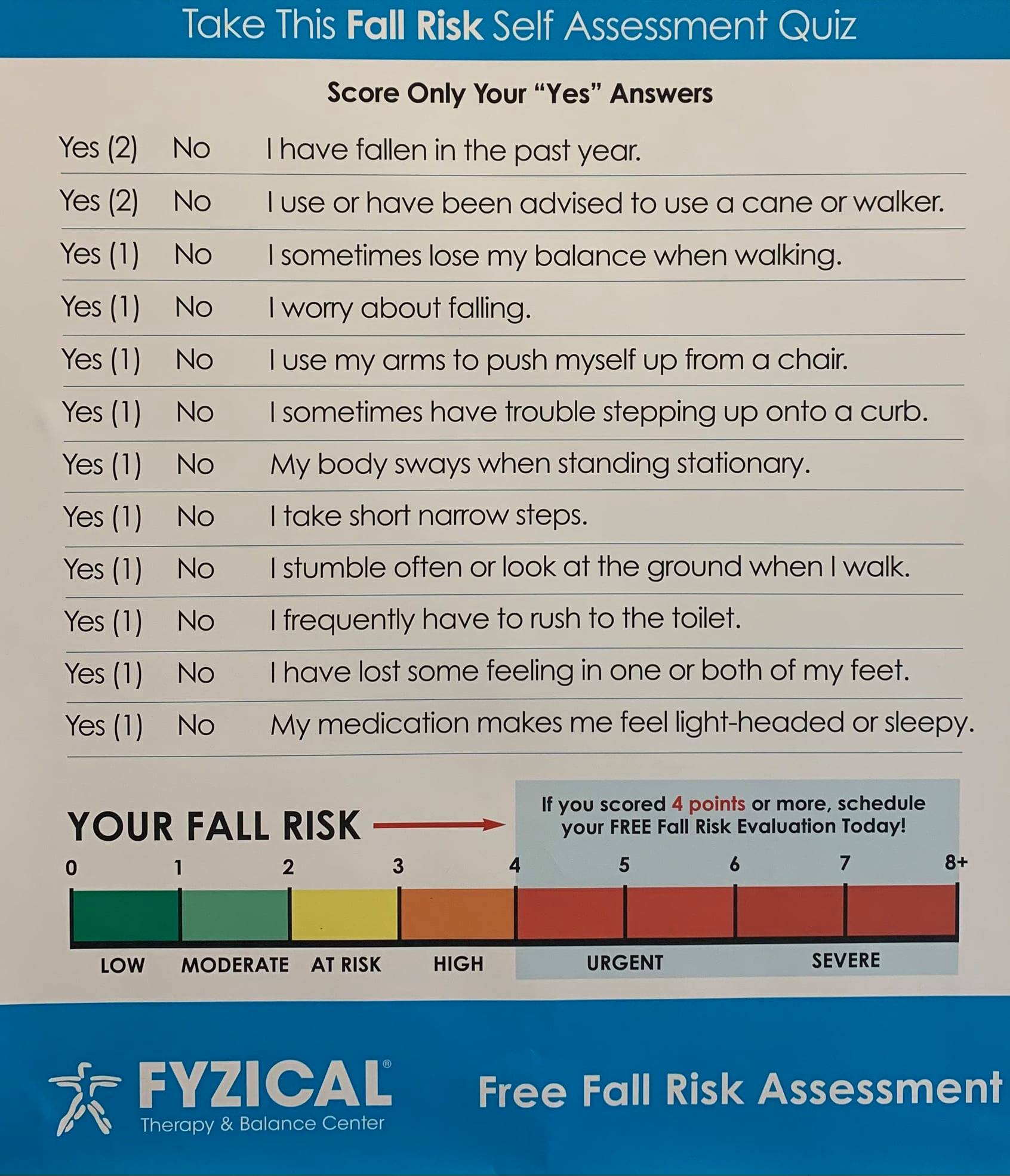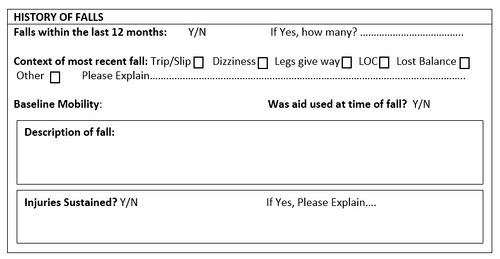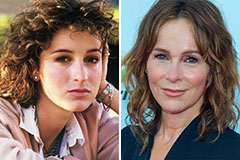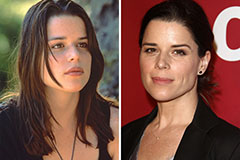The Single Strategy To Use For Dementia Fall Risk
Table of ContentsUnknown Facts About Dementia Fall RiskDementia Fall Risk - TruthsRumored Buzz on Dementia Fall RiskThe Best Guide To Dementia Fall Risk
A fall threat analysis checks to see how most likely it is that you will drop. It is mainly provided for older adults. The assessment normally includes: This consists of a series of questions concerning your general health and if you've had previous drops or problems with balance, standing, and/or strolling. These tools test your strength, equilibrium, and gait (the means you walk).STEADI consists of testing, examining, and treatment. Treatments are suggestions that might reduce your danger of dropping. STEADI consists of three actions: you for your danger of falling for your risk aspects that can be improved to try to stop drops (for instance, equilibrium issues, damaged vision) to reduce your risk of falling by utilizing reliable strategies (for example, giving education and learning and resources), you may be asked several concerns consisting of: Have you dropped in the previous year? Do you really feel unstable when standing or strolling? Are you bothered with falling?, your provider will evaluate your stamina, balance, and stride, making use of the adhering to loss assessment devices: This examination checks your stride.
Then you'll take a seat once more. Your provider will certainly examine exactly how long it takes you to do this. If it takes you 12 secs or even more, it might suggest you go to higher risk for a loss. This examination checks stamina and balance. You'll being in a chair with your arms went across over your chest.
Move one foot halfway ahead, so the instep is touching the big toe of your various other foot. Move one foot totally in front of the other, so the toes are touching the heel of your various other foot.
The Definitive Guide for Dementia Fall Risk
Many drops take place as an outcome of multiple contributing aspects; consequently, managing the danger of falling starts with determining the aspects that add to drop risk - Dementia Fall Risk. Some of the most appropriate danger aspects include: History of prior fallsChronic medical conditionsAcute illnessImpaired gait and balance, lower extremity weaknessCognitive impairmentChanges in visionCertain high-risk medications and polypharmacyEnvironmental elements can likewise enhance the danger for falls, including: Insufficient lightingUneven or damaged flooringWet or slippery floorsMissing or damaged handrails and grab barsDamaged or improperly fitted equipment, such as beds, wheelchairs, or walkersImproper use of assistive devicesInadequate supervision of the people living in the NF, including those that show hostile behaviorsA effective autumn danger administration program needs a thorough professional analysis, with input from all members of the interdisciplinary team

The treatment plan ought to likewise include treatments that are system-based, such as those that advertise a see it here risk-free setting (appropriate lighting, hand rails, get bars, etc). The performance of the interventions need to be assessed occasionally, and the care plan changed as essential to show modifications in the autumn risk assessment. Applying an autumn risk management system making use of evidence-based finest practice can lower the occurrence of falls in the NF, while restricting the capacity for fall-related injuries.
See This Report on Dementia Fall Risk
The AGS/BGS guideline suggests evaluating all adults matured 65 years and older for loss danger each year. This testing contains asking individuals whether they have actually fallen 2 or even more times in the previous year or looked for medical interest for a loss, or, if they have not dropped, whether they really feel unsteady when walking.
Individuals that have dropped as soon as without injury ought to have their equilibrium and stride evaluated; those with gait or equilibrium abnormalities ought to receive added assessment. A history of 1 autumn without injury and without stride or equilibrium problems does not require more assessment beyond continued yearly autumn threat testing. Dementia Fall Risk. A fall danger analysis is called for as component of the Welcome to Medicare examination

What Does Dementia Fall Risk Do?
Recording a drops history is one of the quality indications for autumn prevention and management. copyright medicines in particular are independent forecasters of falls.
Postural hypotension can typically be reduced by reducing the dose of blood pressurelowering medicines and/or quiting drugs that have orthostatic hypotension as an adverse effects. Use above-the-knee assistance hose and resting with the head of the bed raised might likewise reduce postural reductions in blood stress. The advisable elements of a fall-focused health examination are displayed in Box 1.

A TUG time above or equivalent to 12 secs suggests high autumn threat. The 30-Second Chair Stand examination evaluates lower extremity stamina and equilibrium. Being unable to stand up from a chair of knee height without utilizing one's arms suggests raised fall risk. The 4-Stage Balance test examines fixed equilibrium by having the patient stand in 4 positions, each gradually a lot more tough.
 Jennifer Grey Then & Now!
Jennifer Grey Then & Now! Luke Perry Then & Now!
Luke Perry Then & Now! Neve Campbell Then & Now!
Neve Campbell Then & Now! Ben Savage Then & Now!
Ben Savage Then & Now! Jane Carrey Then & Now!
Jane Carrey Then & Now!